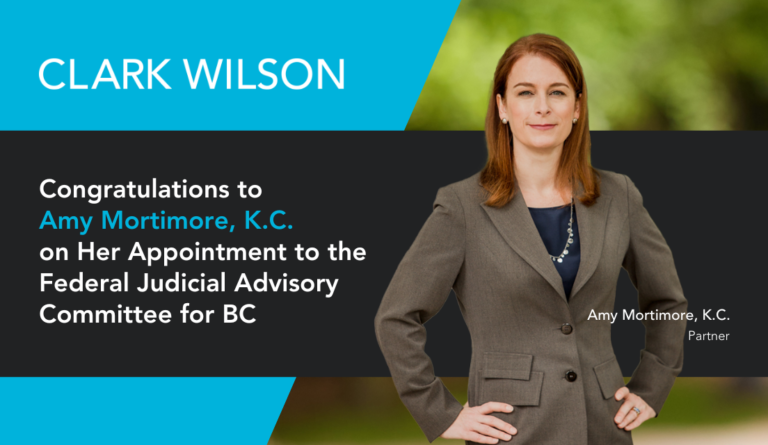What documentation is necessary to create a trust? Can notes on a filed land transfer document create a trust? These questions came up recently in the context of a bankruptcy. While the Court found that there was no need for “technical words or expressions” in trust documents, the manner in which the trust property was treated was essential in considering whether or not there was in fact a trust.
In the recent case, In the Matter of the Bankruptcy of Sung Fu Tong (aka James Tong) 2006 BCSC 962, the facts were as follows. In 1976, the bankrupt, his parents, and his two siblings became the registered owners of a commercial property in Burnaby. There was a note written in Chinese on the document transferring the property from a third party to the five family members. It read:
This property was purchased totally with your
parents’ money. The two of us shall be fully responsible for all the
expenses in the future. To add the names of the three of you is to
reduce tax. You shall not use it for mortgage or transfer it without
permission. If you agree, sign your name.
In 1977, the bankrupt, his parents, and one sibling became the registered owners of a residential property in Vancouver. Again, the land was transferred from a third party to the bankrupt and his family, and the transfer document had a note written in Chinese. It read:
This house was purchased with your parents’ money.
The names of you two brothers are added, but you can only live here.
You have no right to sell it or use it to borrow money without
permission. If you two agree, sign your name.
Other than the notes on the transfer documents, no other trust documents were registered in the Land Title Office.
The parents were the only ones who contributed to the cost of the purchases, mortgages, and maintenance of the two properties.
In January 2003, two judgments were made against the bankrupt, totaling over one million dollars. Two days later, he transferred his interest in both properties to his mother. Less than six months later, he made an assignment into bankruptcy. At issue in the case was whether or not the bankrupt had any equitable interest in either of the properties. If so, then the transfer to his mother would be ineffective, due to the Bankruptcy and Insolvency Act. However, if he held the land in trust for his parents, then the properties would not form part of the bankrupt’s estate.
After a review of all of the circumstances, the Court found that the notes on the transfer documents were not enough to create a trust. The reasons for this finding were:
- the bankrupt declared rental income relating to the
commercial property in his tax returns for 1999 through 2002, - the tax returns filed by the mother indicated that
the bankrupt was a co-owner of the commercial property, and
attributed one-fifth of the rental income to him; - the parents had asked Revenue Canada to refund
certain taxes paid by the children from 2000 through 2004, which
they indicated was paid in error, since the property belonged to the
parents. The CRA rejected the request, and found that it was an
attempt at “retroactive tax planning”; - the property was not transferred to the children by
the parents, but rather from a third party at the same time that the
parents obtained their respective interests; - the requirements under the Land Title Act
were not met; and - there were no T3 Trust Tax Returns filed.
Although the Court found that there was no need for “technical words or expressions” in a document creating a trust, given the above noted factors, the Court found that the notes did not create a trust recognized in law, but rather merely created a moral obligation on the part of the children. The actions of the parties, and in particular, the tax filings made by the parties, indicated that they were not treating the lands as trust property. This is despite the fact that the parents were the only family members making payments relating to the lands.
The essential point to be taken from this case is that while the actual trust document must be clear on its face, the parties must treat the property as trust property or the Court may find that there was in fact no trust created.



